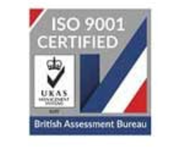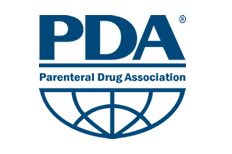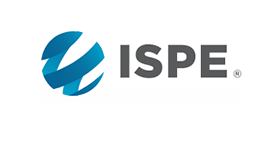| Cleanroom Supplies Blogger

Cleanroom Disinfection – A Helpful Guide
Cleanroom disinfection products offer a wide scale of activity, especially against bacteria. Most are not effective against spores, however, which create a threat of contamination and can be difficult to control. But when cleanroom disinfection is effective against spores, they may also be aggressive and harmful to health or cleanroom equipment.
First, you’ll want to generate environmental history of the cleanroom. In order to determine which disinfectant is appropriate for your cleanroom, an environmental survey will provide a basic framework for selecting one. This survey will give you a starting point and will help you to establish specific issues such as the presence of contamination specific to your cleanroom.
Second, you’ll need to establish the requirements from your disinfectants. Naturally, this depends on the type of contamination that you are likely to experience in your cleanroom, but also on what materials will be exposed to those cleaning products. The facility can determine what efficacy is needed and can decide on a suitable treatment.
This should include a rotation of at least two appropriate disinfectants. Be cautious of the safety of personnel. Many disinfectants are toxic or irritants and so are unpleasant for staff to use. You can get disinfectants in ready-to-use concentrates and impregnated wipes.
Third, you’ll want to select your disinfectants. It’s vital to know that phenols are toxic and consider the broad spectrum of possible contaminants – more than one cleaning product may be required, but be aware that some types may cancel each other out, in which case it may be wise to use only one brand at a time. Aldehydes are aggressive and are therefore mostly effective against all micro-organisms. They are highly toxic and require a long contact time for sporicidal activity. Some countries have barred or restricted the use of these disinfectants.
A product that is widely used for cleanroom disinfection purposes is IPA and DE alcohol that has been diluted with water at 70%. It’s rapid drying time is effective and doesn’t leave residues. However, it’s not effective against bacterial spores and therefore it needs to be used in rotation with an effective sporicide. This disinfectant isn’t suitable to use in large areas because of the exposure limits and flammability risks.
The next step is testing. Check the manufacturers supporting data for the selected disinfectants, including sporicidal activity. This will help you identify if any additional testing is necessary. The manufacturer of the disinfectants should provide tests and validation against the standard test methods.
Finally, application. All surfaces must be free of dust and other liquids before disinfecting it. Use a sterile neutral surface detergent to wipe down the surface before applying the disinfectant. Surface wiping is recommended to assist the removal of micro-organisms.
There are a few formats available when it comes to the application of a disinfectant. There are concentrates used with a mop and bucket system for large areas, while impregnated mop wipes are an alternative to the mop and bucket system, ready-to-use sprays and others. Before choosing a disinfectant, run an environmental test to decide what is best for your cleanroom. Take caution when using these products as many are aggressive and could be harmful to others.
Click here for a more comprehensive disinfection selection guide.
Click here for a more comprehensive IPA and DE alcohol selection guide.












